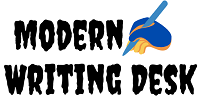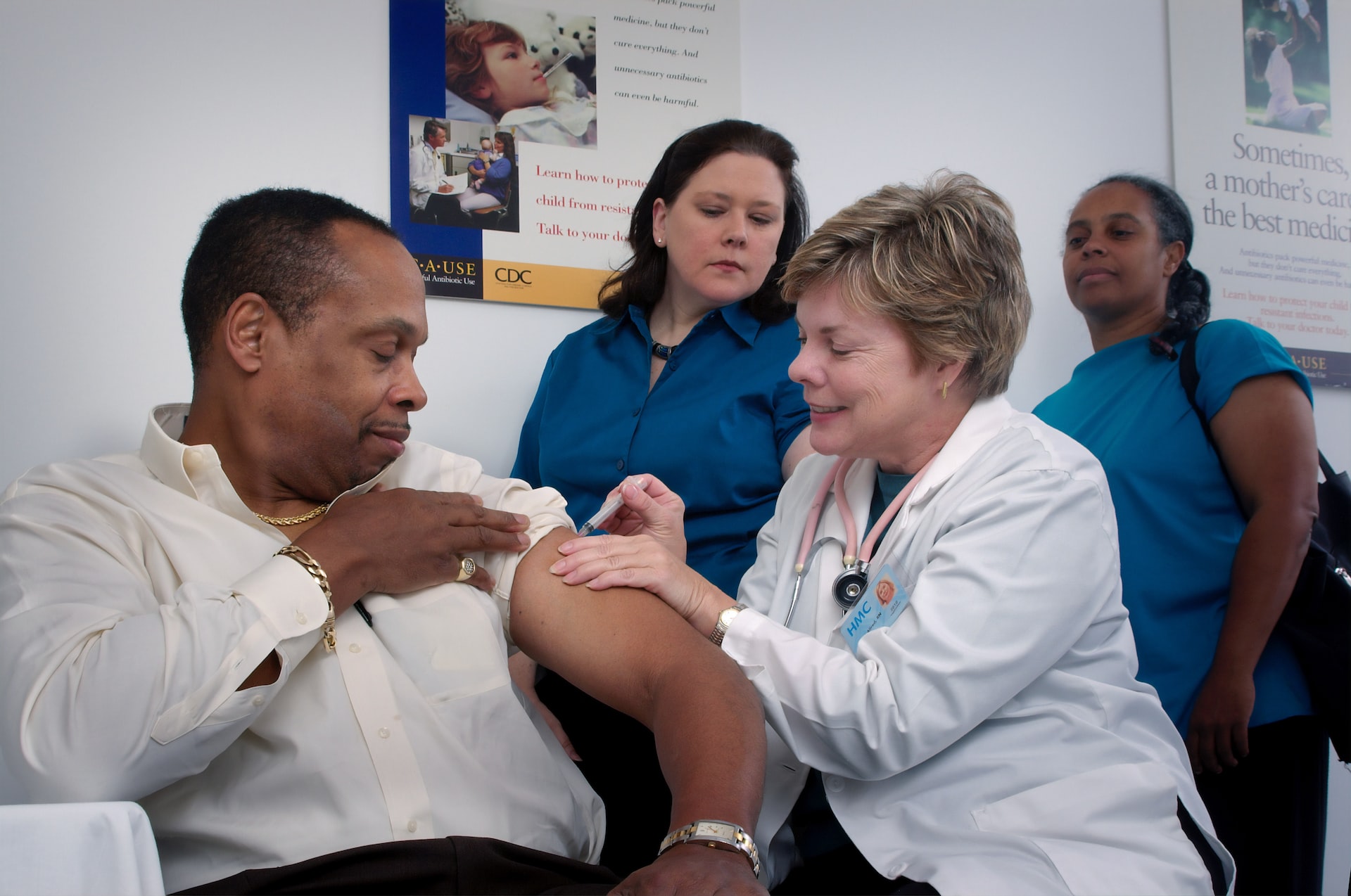2.2 . How the Internet of Things Is Impacting Healthcare
- 286 Views
- Ethan More
- September 6, 2022
- Health
If your business focuses on the healthcare industry, regardless of where you’re located, you probably already know that there’s been a lot of buzz about the Internet of Things (IoT). And while its effect on healthcare is just beginning to unfold, you can be sure it will disrupt patients’ routine care providers. IoT in healthcare can make the medical industry run more smoothly. You can visit Spotifystorm to grow your spotify account.
Future IoT use factors in healthcare range from better machine control to virtual medical aid. Let me explain how IoT is impacting the healthcare industry.
The Internet of Healthcare Things: What Is It?
The Internet of Healthcare Things often referred to as the Internet of Medical Things, is a network of linked medical equipment and technological advancements created to support the health and social care sectors. It has an astonishing number of sensors and programs that regularly gather and send information so it can be examined. Applications of the Internet of Things in the healthcare sector include related connected thermometers, connected glucose meters, inhalers, and corresponding blood pressure, monitors. They are commonly employed for gathering, keeping track of, and studying essential health data.
How IoT Is Applied in Healthcare
- Patients: They have a wide range of chances, thanks to medical IoT, to keep track of their health and avoid various ailments. For instance, automated insulin delivery (AID) devices and glucometers provide immediate medical assistance to patients. The senior generation will particularly benefit from that.
- For health experts: Connected technologies assist healthcare providers in providing patients with more individualized treatment and quick access to medical attention. IoT allows clinicians to more accurately diagnose patients and monitor treatment compliance by continuously monitoring their physical condition.
- For Hospitals: The Internet of Things offers hospitals a variety of choices for use in various contexts. It aids in managing drug inventories, keeping track of medical equipment on-site, and keeping an eye on hygiene to maintain a healthy atmosphere.
- For health insurers: Data collected through IoHT can help health insurers’ assessment and claim management system. Insurance companies can also gather additional information about consumer behavior and use that information to customize services.
Advantages of IoT Platform in Healthcare
The Internet of Things (IoT) is changing how we use technology and can potentially transform the healthcare industry. Advantages of using an IoT platform include:
Smart Treatment Quality
IoT sensors gather helpful information that enables decision-making and provides patients with proof of care. Using linked devices in the medical industry guarantees reliable data outputs and removes the possibility of human error. It eventually results in better treatment quality.
Enhanced patient satisfaction
Numerous IoHT technologies combined with telemedicine strategies improve patient participation and give them more individualized and effective care. The elderly need improved access to healthcare services, which is made possible via remote patient monitoring, innovative hospitals, and home care options.
Lower Healthcare costs
Healthcare professionals can discuss and monitor patients in real time using IoT solutions for RPM, assisted living, or chronic care coordination in supporting therapy. As a result, the quantity of offline consultations, hospitalization, and readmission rates is significantly reduced. All of this results in a decrease in the total cost of services.
Increased Effectiveness
While the Internet of Things offers many possibilities for gathering valuable data, it also enables medical professionals to examine electronic health records and gain insightful knowledge. In addition, IoT accelerates advancement in the healthcare sector by enabling clinical trials and investigations.
Examples of Internet of Things In Healthcare Devices
In more detail, let’s examine the real-world uses of the Internet of Things in healthcare and the main categories of IoMT goods.
Wearable Technology
Customer wearables, such as wristbands and smartwatches, are well-known for helping us monitor our exercise programs while collecting and analyzing bodily information. Wearables utilized in healthcare, however, go beyond this.
Hearables Technology
Hearables are another type of IoHT gadget aimed to enhance the quality of life for persons with hearing loss. They improve a patient’s listening experience by boosting sounds. Furthermore, built-in visual sensors detect falls and evaluate heartbeat and the core body temperature.
Moodables Technology
Individuals suffering from stress and ADD can benefit significantly from moodables. They attempt to provide tranquility and mood enhancement throughout the day. Head-mounted systems analyze brain waves before sending a small amount of current to trigger function in specific brain locations.
Surgery Using Robots
Surgeries are immensely complicated and stressful operations that necessitate a great deal of responsibility, expert knowledge, and understanding from healthcare professionals. Robotic surgeries enabled by intelligent IoMT equipment improve results, accelerate recovery, and minimize manual operation hazards.
Wrapping Up
IoT technologies are poised to have a severe impact on healthcare. As more manufacturers of intelligent objects and wearables continue to develop solutions that can help people take better care of their health, more and more people will be able to monitor their fitness, diet, and overall wellness. At the same time, IoT solutions can help healthcare professionals identify potential problems with their patients in advance.
Hello , I am college Student and part time blogger . I think blogging and social media is good away to take Knowledge




